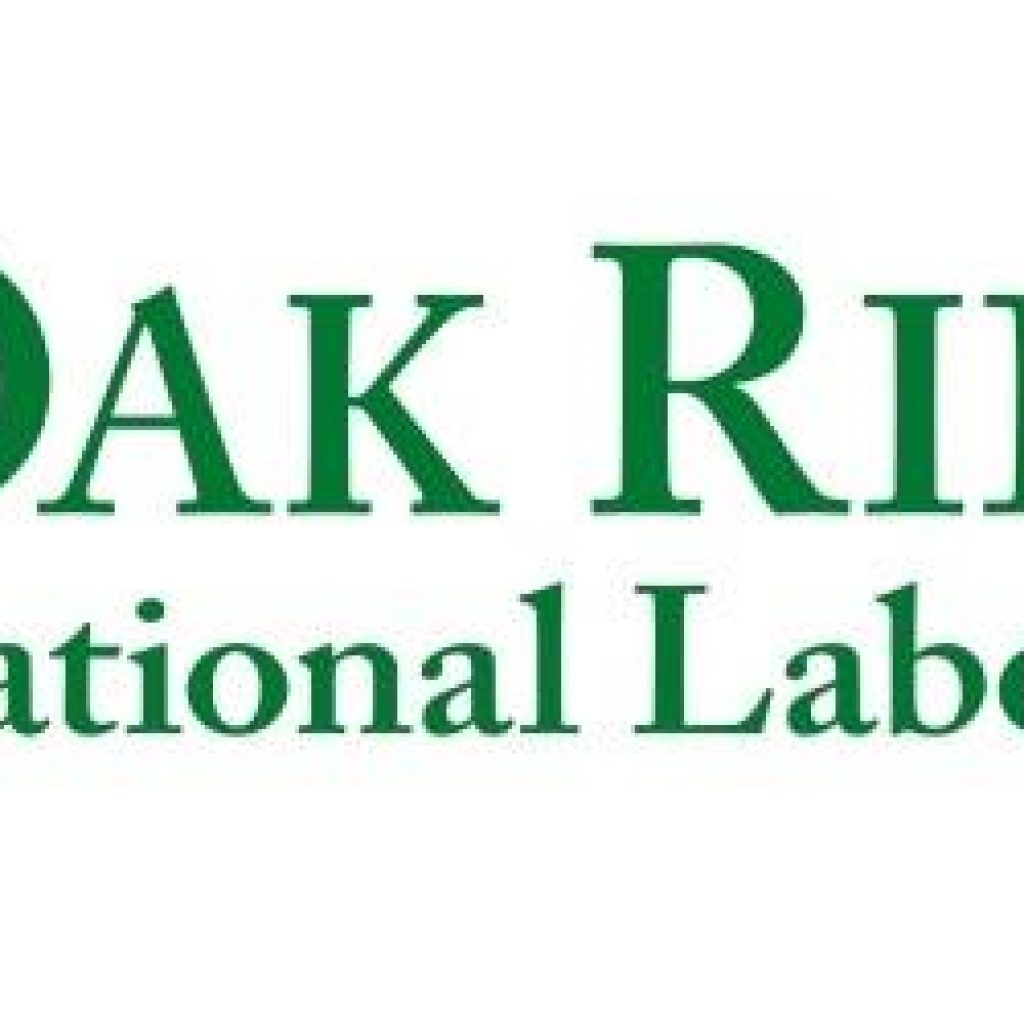(HPC.OffTheWire) The race for quantum competency holds massive implications for the United States’ economic and national security, and the Department of Energy’s Oak Ridge National Laboratory is poised to lead the way.
ORNL’s research in quantum information science, or QIS, goes back more than two decades and has netted 20-plus patents that are issued or pending.
This success in quantum innovation has enabled the formation of three distinct but connected research groups dedicated to advancing quantum computing, networking, and sensing. These groups, together numbering more than 30 researchers and growing, are now consolidated under a single quantum umbrella known as the Quantum Information Science section, which is led by Nick Peters.
“ORNL is developing the science needed to form the foundation of the US’s future quantum industries,” said Peters. “We look forward to a day where quantum networks secure critical infrastructure, quantum computers personalize medicine, and quantum sensors reveal what we currently cannot see in the universe.”
Another 20 ORNL researchers are dedicated to the study of quantum materials, providing a critical, collaborative backbone for the QIS section’s three research areas.
This growing knowledge base draws on some of the world’s most advanced scientific instruments, including the soon to be launched Frontier supercomputer, which will be the nation’s first exascale system, and the Spallation Neutron Source, the world’s most powerful pulsed accelerator-based neutron scattering facility.
These investments in expertise, coupled with a world-class research infrastructure, proved critical to the laboratory’s launch last year of the five-year, $115 million Quantum Science Center, one of five DOE-funded National Quantum Information Science Research Centers.
ORNL’s unique quantum capabilities and strategic partnerships, including with Purdue University, Microsoft, Los Alamos National Laboratory and Fermilab, are enabling the QSC to overcome key roadblocks in quantum state resilience, controllability, and ultimately the scalability of quantum technologies via the sharing of resources across the national labs, industry, and academia.
To further enhance its strategic partnerships and house its QIS investments, ORNL is tripling its quantum-dedicated laboratory space with the addition of the Translational Research Capability building. Scheduled for completion in late 2022, the TRC is a facility purpose-built for world-leading research in computing and materials science that will serve to advance the science and engineering of quantum information.
The flexible space will support the laboratory’s growing fundamental materials research by providing atomic fabrication and materials characterization capabilities to accelerate the development of novel quantum computing devices. Researchers will also use the facility to pursue advances in quantum modeling and simulation, leveraging a co-design approach to develop quantum algorithms along with prototype quantum systems.
“The laboratory’s strategic investments in quantum over the past decade have really paid off in terms of discovery,” said Jeff Nichols, ORNL’s associate lab director for computing and computational sciences. “These discoveries are the beginning of what we expect to be a transformational era in scientific inquiry. Just as ORNL helped to usher in the atomic age, so too will we be instrumental in the realization of the quantum revolution.”
The lab’s quantum research is supported by DOE’s Office of Science. For more information on ORNL’s quantum research portfolio, visit quantum-roadmap.ornl.gov.
ORNL’s quantum efforts are further buttressed by unique research agreements such as the laboratory’s Quantum Computing User Program, which allows ORNL staff and partner institutions access to a variety of quantum computers including systems from IBM, Honeywell Quantum Solutions, and Rigetti to test the viability and resilience for applications critical to DOE. Such an undertaking suits the laboratory’s strengths, as the user program falls under the auspices of the Oak Ridge Leadership Computing Facility, home to Frontier.
It’s precisely this unique quantum portfolio that helped the laboratory recently secure more than $17 million from DOE to advance three critical quantum projects. These efforts include the development of quantum sensors capable of detecting dark matter and advancement of technologies critical for developing a fully quantum internet. Once achieved, a fully quantum internet will be more secure and exponentially more powerful than the classical internet we know today.
ORNL reviews quantum research milestones, will triple its quantum-dedicated lab space
